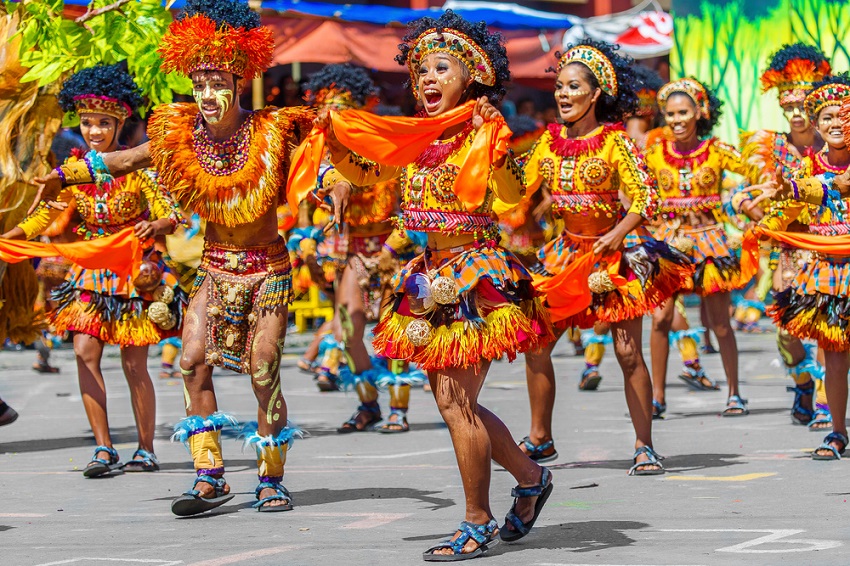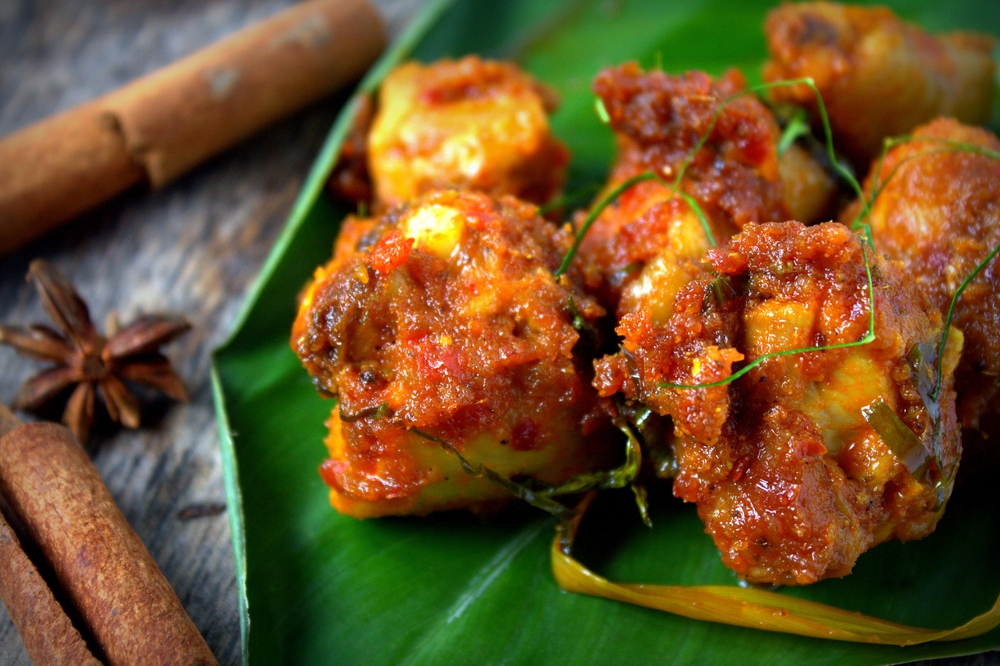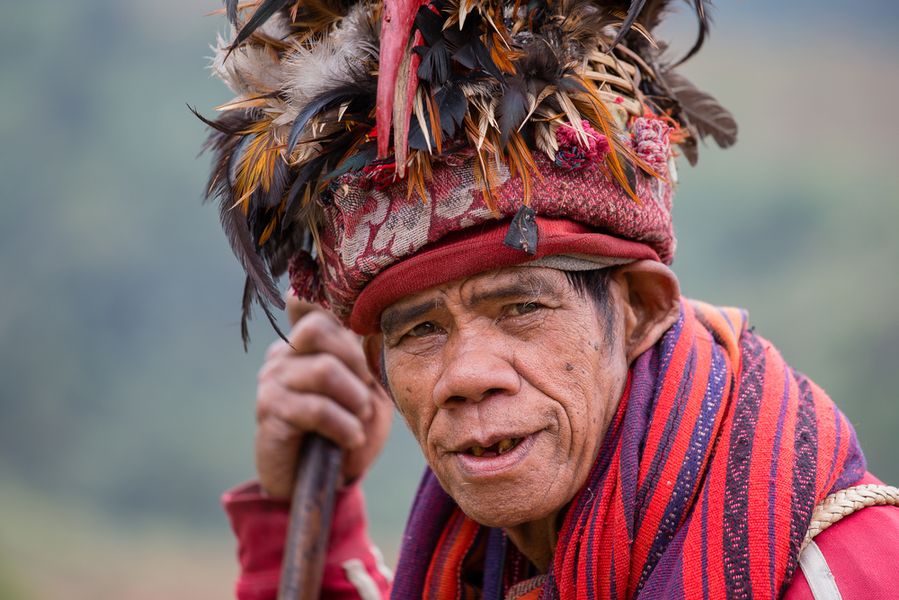Philippines - performing arts
Arts and performances in the Philippines are ethnically varied. However, the social, cultural and historical contexts including landscapes in each area also help shaping their local art and performances. Luzon Island, for example, houses Ifugao Benquet Kalinga Bontoc Apayo and Kalinga. These people are exposed to cultural influences of Hindu-Buddhism and Spain mixed with their own cultures delivering uniquely local performances such as Idaw, Banga, Idudu and Ragsaksakan. Famous performances in Mindanao located in the South, where Muslim people or Moro are densely populated, are Singkil, Kini Kini, Pangalay and Asik. The costumes are influenced by Arab and Middle-East. (PHILIPPINES (FILIPINO) CULTURAL AND FOLK DANCES, 2016).
The most popular and famous performance in Vinsayas is Tinikling, a mimicry of bird movements primarily found in the Philippines during the time of Spanish rule. Both male and female performers partake. The females wear Balintawak or Patadyong while the males wear Barong Tagalog made from pineapple fibers. The equipment featured in the performance is a bamboo stick which requires a five-step jump. The dancing couple stands against each other during the first four steps, but will move to dance on the same side when it is the last step using a space between two bamboo sticks. The bamboo sticks also act as rhythm percussion instruments in which two persons holding the sticks’ ends on both sides tap against each other while making the rhythm faster. It is usually performed on the National Day to celebrate Independence from Spain expressing a pride of Filipino culture (Wikipedia, 2016).
Kulintang is a famous musical instrument in the Philippines. It is the name of both instrument and local grand orchestra consisting of five pieces of musical instrument. First, Kulintang is a gong-like percussion instrument made with 7-9 pieces of brass. Second, Dabakan is a drum with a stick. Its drumhead is made by goatskin, cowhide or lizard skin. Third, Babendir is a gong-like instrument with a percussion stick. Fourth, Agung is a metal instrument resembling a hanging gong. Finally, Gandingan is a gong-like percussion instrument with its specialty sending signals between individuals (Maguindanao Kulintang, 2016).
These arts and performances today are featured in National events, celebrations and other local ceremonies. It reveals a unique identity in each area and attracts some tourists and Filipino cultural enthusiasts. Therefore, art and musical performances do not only function as plain entertainment, but are also cultural representative of the country.
Bibliography
Maguindanao Kulintang. (2016). Retrieved May 30, 2016, from PHILIPPINES GENERATIONS Web site: http://www.philippinegenerations.org/2009/08/maguindanao-kulintang.html
PHILIPPINES (FILIPINO) CULTURAL AND FOLK DANCES. (2016). Retrieved May 30, 2016, from www.blogspot.com Web site: http://philippinesculturalfolkdances.blogspot.com/
Wikipedia. (2016, May 16). Tinikling. Retrieved May 31, 2016, from Wikipedia The Free Encyclopedia Web site: https://en.wikipedia.org/wiki/Tinikling





